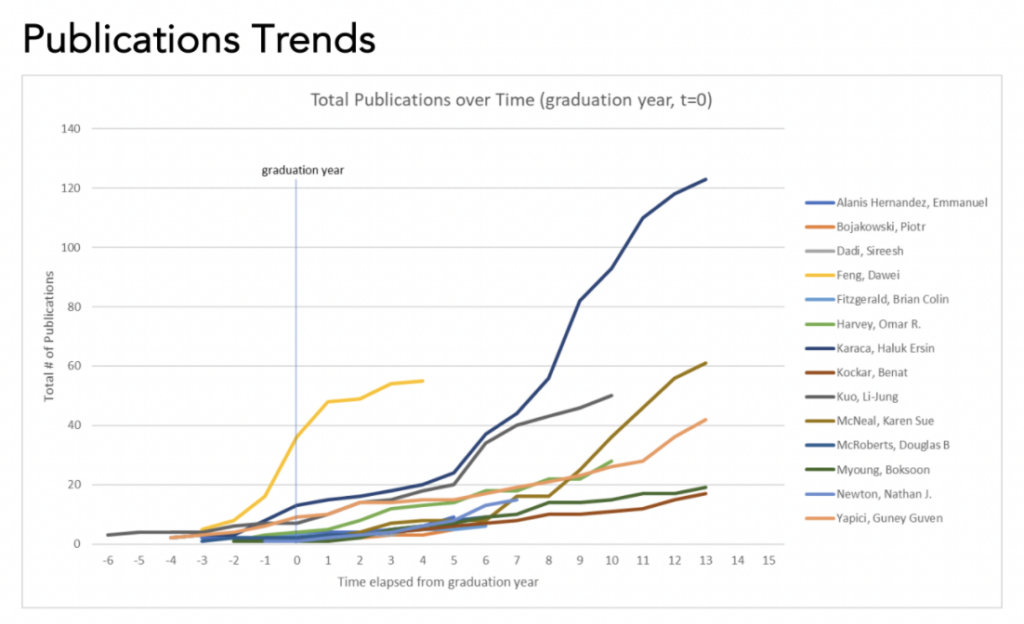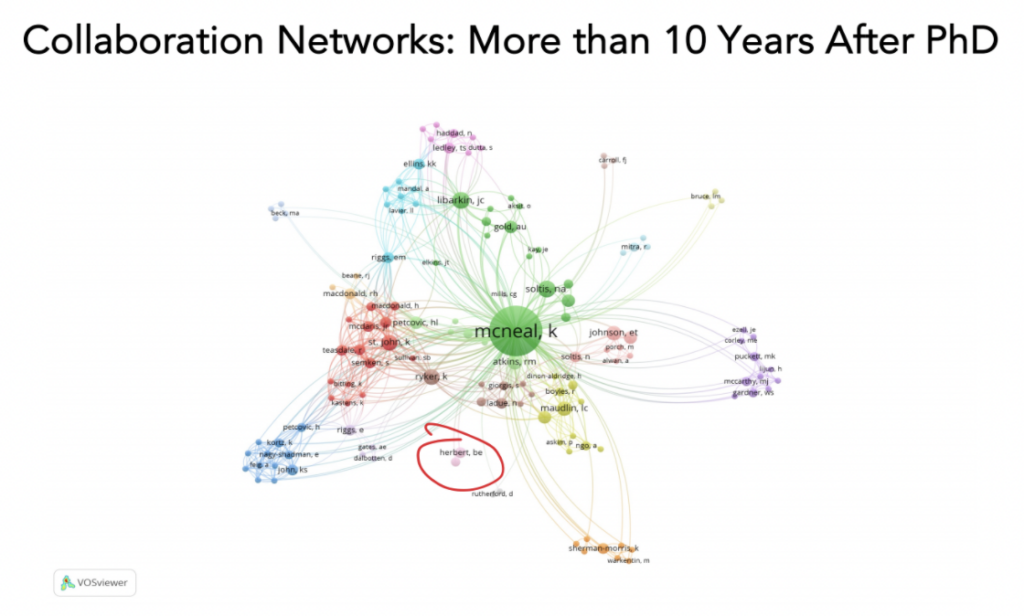“Building a successful program is challenging – especially as the field of research and employment changes. Dimensions provides a perfect blend of insights that can be leveraged to develop the perfect course.”
Dr. Bruce Herbert, Texas A&M University
Texas A&M University is a flagship university with the largest research expenditure in the United States, having crossed over $1 billion in research funding this year. The university is committed to providing its students with a top-quality education that delivers job security to students in a highly competitive market. To achieve this goal, the university looked to mobilize its systems, tools, and expertise in the education industry by developing an intelligent organization and evaluation program that is purposefully optimized to ensure the best learning experience that converts to job security for future students.
In our recent webinar, Dr. Bruce Herbert of Texas A&M highlighted the results of a pilot project which aimed to characterize the research careers of a small number of recent graduates of their PhD programs as an example of the type of analyses that could be done with bibliometric data.
Dr. Bruce Herbert is Professor of Geology and currently serves as the Director of the Office of Scholarly Communications in the Sterling C. Evans library At Texas A&M.
Leveraging a purposeful tool to improve education programs offered by universities
As an intelligent organization, Texas A&M aimed to move past the simple metrics used to measure student success post-graduation. More specifically, the university wanted to develop complex stores of data to decipher the impact that the students’ research has within the industry and on society at large, and using this data, evaluate the effectiveness of the university’s teaching methods.
After investing in Dimensions, Texas A&M University gained the ability to collect and analyze data to track the success of their PhD students while enrolled at the university and post-graduation.
Based on the data provided by Dimensions, the university can evaluate its research and educational programs and, using actionable insights, and optimize its teaching methods to improve graduate programs and outcomes. This will help the university achieve its overall goal of ensuring maximum impact in the students’ career trajectory, within the industry that these students work in, and to society at large. Dr. Bruce Herbert said: “Building a successful program is challenging – especially as the field of research and employment changes. Dimensions provides a perfect blend of insights that can be leveraged to develop the perfect course.”
“With Dimensions, Texas A&M University is able to quickly view and analyze trends to assess education programs and improve those programs going forward.”
Improving educational programs by studying the success of PhD students while at university and post-graduation
The aim of the pilot study performed by Bruce and his team was to evaluate the long-term effectiveness of the educational process and optimize the PhD programs offered by Texas A&M University by using a tool that would allow the university to build an intelligent platform reliably.
The following questions were addressed:
- What is the publication history post-graduation? (Total number of publications, average publications/year)
- How did the research collaboration networks grow?
- What is the evolution/transition of research areas/topics before and after graduation? What are the trends in specializations (before and after graduation)?

Dimensions allowed the institution to quickly, efficiently, and accurately compile and evaluate data relating to these research questions. Dimensions provided insights through linked data, further information about the fields in which the research has been undertaken, and also provided visualization and analysis of these data points. The graduate student outcomes studied can be linked to program characteristics, which can be leveraged to inform decision-making at every stage of a student’s education.

Dimensions provides data that helps to improve the long-term effectiveness of graduate programs
With Dimensions, Texas A&M University is able to quickly view and analyze trends to assess education programs and identify obvious gaps in the course material and improve programs and outcomes going forward. A simple analysis using Dimensions can provide information that can help leverage student skills to fit perfectly with their future research endeavors. The university now plans to convert this development to a student skill evaluation tool that has further recommendations for students and teaching staff.
Further information about the project can be found in Bruce’s presentation slides in the institution’s digital repository or in the webinar recording.
Find out what Dimensions can do for you
To learn more about how Dimensions can support your organization contact us and our friendly team will be happy to help.
